At a glance
Kidney stones form when minerals and salts crystallize in the kidneys, often due to dehydration or calcium imbalances. Maintaining healthy vitamin K2 levels helps regulate calcium and may reduce the formation of kidney stones by preventing mineral buildup in soft tissues. Proper hydration, increased magnesium intake, and microbial health also play key roles in supporting kidney function and lowering the risk of recurrence.
Evidence suggests that vitamin K can promote healthy kidney function. But can vitamin K2 dissolve kidney stones?
Vitamin K2 helps promote calcium balance and utilization in the body, which may help maintain healthy kidney function and reduce calcium buildup in the urinary system.
Let’s look at common causes of kidney stones and discover how optimal vitamin K2 levels may help lower the risk of kidney stones.
What are kidney stones?
Kidney stones, also known as renal calculi, are hard crystalline deposits of minerals and salts inside the kidneys or urinary tract.
The size and shape of kidney stones can vary significantly, ranging from small kidney stones the size of a grain of rice to large stones that can measure more than one inch in diameter.
While small stones may pass on their own, larger stones can block ducts in the urinary system and obstruct urine flow from the kidney to the bladder.
Kidney stones can cause significant pain and, if left untreated, may lead to complications, such as enlarged kidneys and loss of kidney function.
One of the most common causes of kidney stones is supersaturated urine due to dehydration, which makes it easier for minerals and salts to crystallize and form stones.
Other risk factors linked to kidney stones:
- Family history
- Obesity
- High protein diet
- High calcium supplement intake
- Recurring urinary tract infections (UTIs)
- Microbial dysbiosis
Types of kidney stones
Urine contains various waste products, including calcium, phosphate, oxalates, and uric acid, all of which can crystallize and form kidney stones.
The most common types of kidney stones include:
- Calcium oxalate stones
- Calcium phosphate stones
- Struvite stones
- Uric acid stones
Around 80 percent of all kidney stones consist of calcium oxalate crystals, typically caused by high concentrations of urinary calcium and oxalates.
Consuming excessive amounts of high-oxalate foods and calcium imbalances can harm your health and significantly increase kidney stone risk.
Watch the video below to learn how to naturally dissolve kidney stones.
Understanding vitamin K2 and calcium oxalate stones
Vitamin K2 is a fat-soluble vitamin that activates matrix Gla protein (MGP), a group of proteins that bind to free calcium and deposit it into bone and teeth.
This helps maintain normal calcium levels and plays a crucial role in preventing the accumulation of calcium in soft tissues such as blood vessels and the kidneys.
Lack of adequate vitamin K levels can lead to high calcium concentrations in the urinary system, a primary risk factor for kidney stone development.
A study published in Nephrology Dialysis Transplantation found that low vitamin K2 levels are associated with calcium oxalate stone formation and may increase the risk of renal vascular calcification, characterized by calcium deposits within the kidneys.1
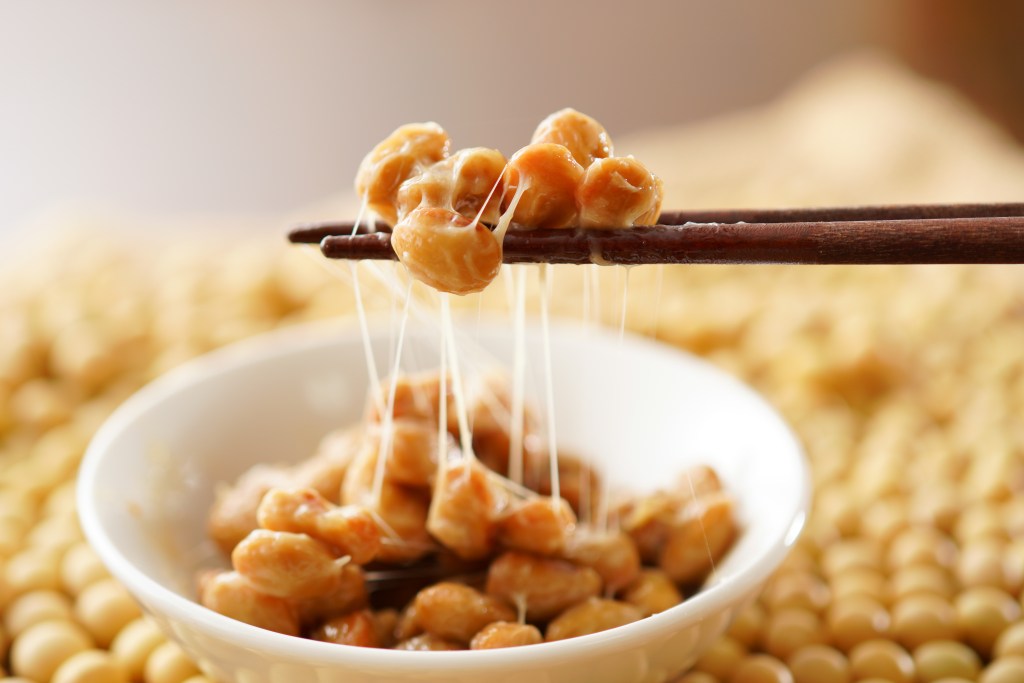
Can vitamin K2 dissolve kidney stones?
Evidence published by The National Library of Medicine suggests that improving vitamin K2 intake may help reduce the size and quantity of kidney stones by increasing levels of MGPs, which can directly inhibit calcium crystallization and help dissolve oxalate crystals.2
In addition, vitamin K2 can help reduce the risk of renal vascular calcification and support normal circulation, which enhances the kidneys’ ability to prevent and even dissolve existing calcium oxalate crystal formation.
To promote optimal vitamin K2 levels, include more vitamin K2-rich foods in your diet. One of the most concentrated sources is natto, a traditional Japanese dish made from fermented soybeans.
Other excellent sources of vitamin K2 include 100 percent grass-fed butter, Muenster cheese, egg yolks, goose liver, nitrate-free pepperoni or salami, and sauerkraut.
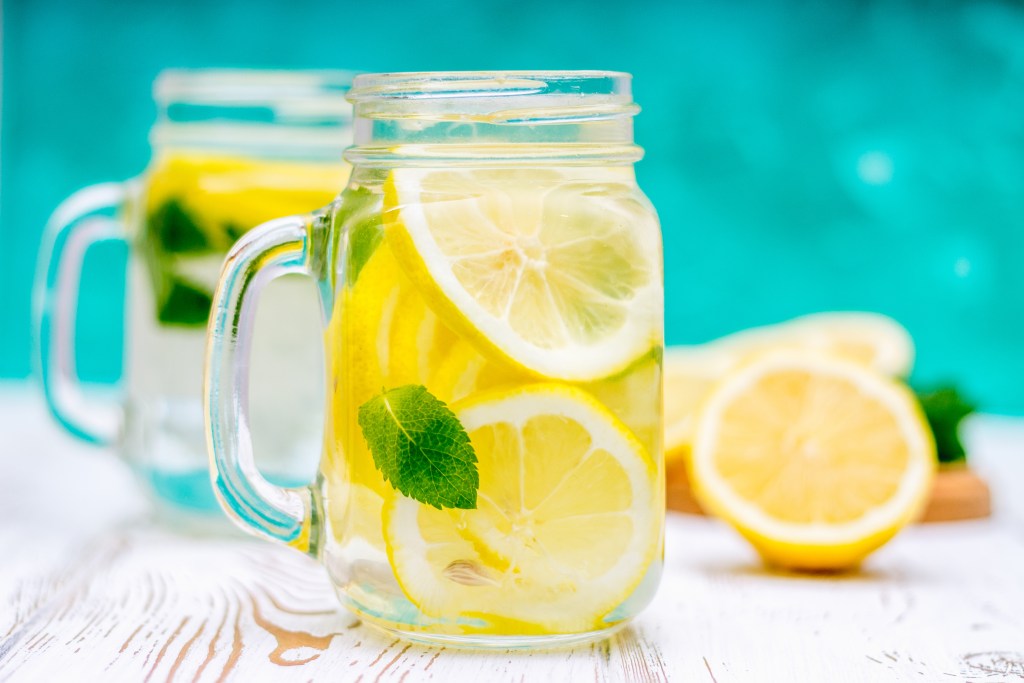
More ways to prevent kidney stones
Kidney stones can be excruciating and may require invasive surgery. Natural kidney stone prevention strategies can promote kidney health and potentially help reduce your risk of kidney stones.
Here are six ways you can lower the risk of kidney stones
1. Stay hydrated
Drinking plenty of fluids is one of the most effective ways to lower your risk of kidney stones.
By staying properly hydrated, you help promote fluid balance in the urine and dilute minerals that could otherwise crystallize into stones.
2. Drink lemon water
Citrates are salts of citric acid, a naturally occurring compound found in citrus fruits such as lemons and limes. They bind to calcium in the urine, which helps prevent calcium from crystallizing into stones.
Regularly drinking lemon water is a simple and effective way to increase citrate levels, promote kidney health, and lower the risk of calcification.
3. Avoid oxalate-rich foods
“Most kidney stones form when urinary calcium binds to oxalates, a natural compound found in certain plant foods such as grapefruits, potatoes, dates, avocados, spinach, wheat, and beets,” explains Dr. Berg.
Limiting the intake of oxalate-rich foods has been found especially beneficial for individuals with poor kidney function, who often are calcium oxalate stone formers.
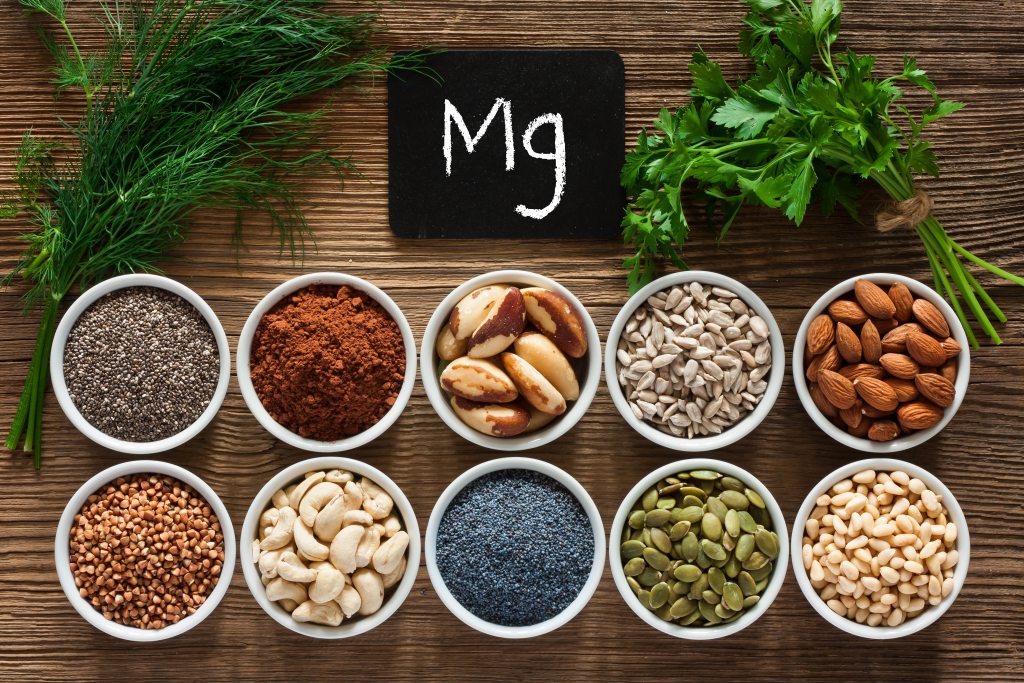
4. Increase magnesium intake
Improving magnesium intake may help reduce calcium oxalate crystal growth, which can contribute to kidney stone formation.
Magnesium binds to oxalate in the digestive tract. This helps reduce the amount of oxalate absorbed into the bloodstream and filtered by the kidneys, where it could otherwise bind to calcium to form kidney stones.
Additionally, magnesium helps raise urinary pH, making it harder for calcium and oxalate to crystallize.
Some of the best dietary sources of magnesium include nuts, seeds, leafy green vegetables, oily fish, dark chocolate, and high-quality dairy products.
5. Maintain healthy vitamin D levels
Vitamin D3 is another fat-soluble vitamin crucial for proper calcium metabolism. Vitamin D helps optimize calcium absorption from food, while vitamin K2 directs calcium to where it’s needed in the body.
One of the most effective ways to boost your vitamin D3 levels is through direct sunlight exposure, which can provide several thousand international units (IU) in less than an hour.
However, it’s vital to maintain an appropriate ratio of vitamin D to vitamin K2 in the body. Too much vitamin D without enough vitamin K2 can lead to imbalances in calcium distribution, potentially contributing to kidney stone formation.
6. Incorporate probiotic foods
Recent findings suggest that kidney stones may not be caused solely by mineral imbalances, but may involve microbial factors.
Research published in Kidney International found that 97.2 percent of kidney stones contained nanobacteria, microscopic organisms that form protective calcium-based biofilms. These may contribute to calcification in the kidneys, arteries, joints, and other soft tissues.3
According to a study published in BMC Microbiology, supporting a diverse microbiome through dietary probiotic intake may significantly improve kidney stone status and may help reduce the risk of recurrence.4
Fermented foods such as kimchi, sauerkraut, kefir, natto, and kombucha are excellent natural sources of probiotics, which help maintain microbial balance.
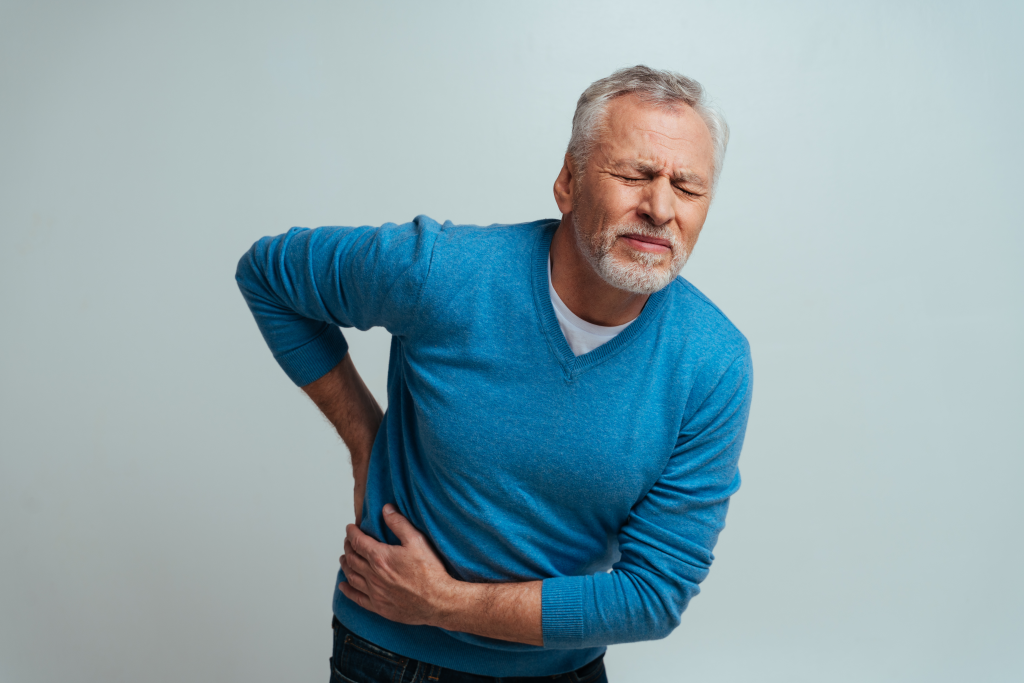
How long does it take to dissolve kidney stones?
How long it takes to dissolve kidney stones can vary significantly depending on factors such as the size and composition of the stones, overall kidney health, and hydration levels.
While small stones can dissolve within three to four weeks, larger stones may take significantly longer to break up and pass.
However, not all types of kidney stones can be dissolved and may require surgery or shock waves, a procedure known as lithotripsy.
It’s important to note that kidney stones can lead to kidney damage, and it’s crucial to consult a healthcare professional if you experience kidney stone symptoms, including pain in the lower back, bloody urine, difficulties passing urine, or fever.
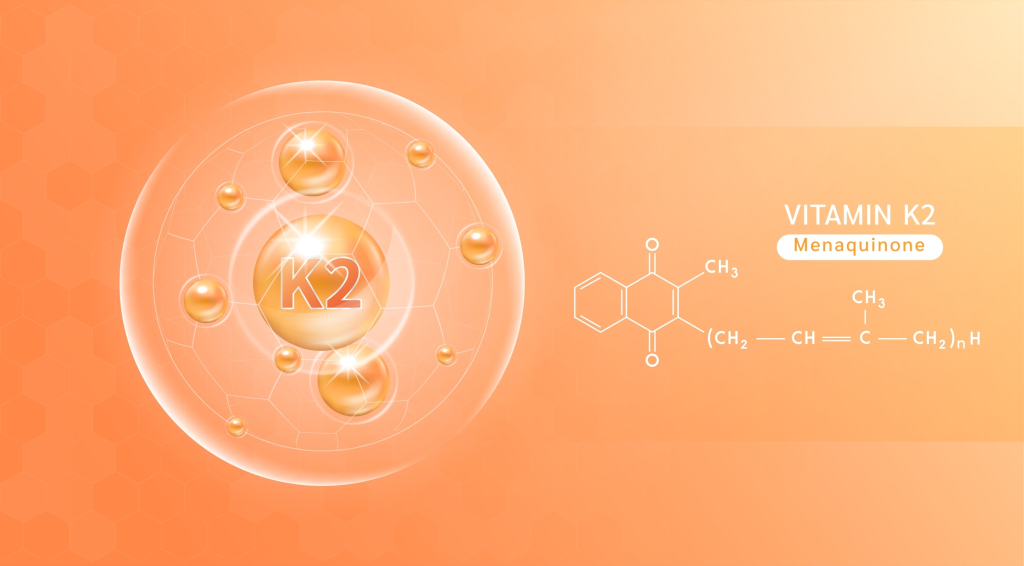
Other benefits of vitamin K2
In addition to regulating calcium balance, vitamin K2 plays a critical role in various physiological functions.
Vitamin K2 contributes to cardiovascular health by helping direct calcium away from soft tissues, such as the arteries, and into the bones and teeth. This can help reduce the risk of arterial stiffness and vascular calcification, a leading cause of atherosclerosis.
In addition, vitamin K2 also supports bone health by activating osteocalcin, a protein involved in binding calcium to bone tissue, which supports bone density and bone strength.
Vitamin K2 is essential during pregnancy to promote fetal bone development and may support healthy blood clotting during childbirth.
Key takeaways
- Vitamin K2 helps activate proteins that guide calcium to bones and teeth, rather than allowing it to accumulate in the kidneys, which may reduce the formation of kidney stones.
- Including vitamin K2-rich foods in your diet helps maintain a healthy calcium balance and supports kidney function.
- Staying hydrated, boosting citrate intake, and limiting high-oxalate foods can help lower the risk of kidney stones and promote the natural breakdown of oxalates.
FAQ
1. Is vitamin K2 good for your kidneys?
Vitamin K2 promotes healthy kidney function, may help lower the risk of kidney stones, and can help prevent renal vascular calcification, which can reduce blood flow within the kidneys and lead to kidney damage.
2. How long does it take for K2 to reverse calcification?
Depending on the severity of calcium accumulation in soft tissues, it can take 3 to 6 months of improved vitamin K2 levels to help reverse calcification.
3. What vitamins reduce kidney stone formation?
Vitamins K2 and D3 promote healthy kidney function, can help lower the risk of kidney stone formation, and may help dissolve calcium oxalate crystals.
In addition, vitamin B6 has been found to enhance the activity of enzymes that break down oxalates, which may reduce the accumulation of urinary oxalate, a leading cause of calcium oxalate stones.
4. Can vitamin K2 dissolve kidney stones?
Vitamin K2 may help dissolve kidney stones by activating matrix Gla protein (MGPs), a protein that inhibits calcium crystallization and helps break down calcium oxalate crystals.
5. How long does it take to dissolve kidney stones?
While small kidney stones can dissolve within 3 to 4 weeks, it can take up to six months to break up and pass larger stones, and some stones may require surgical intervention.
6. Can vitamin K2 lower the risk of calcium oxalate stones?
Yes, vitamin K2 has been found to help lower the risk of calcium oxalate stones.
Vitamin K2 redirects calcium from soft tissues such as blood vessels and the kidneys into bone. This reduces renal and urinary calcium levels linked to a lower risk of calcium oxalate stone formation.








